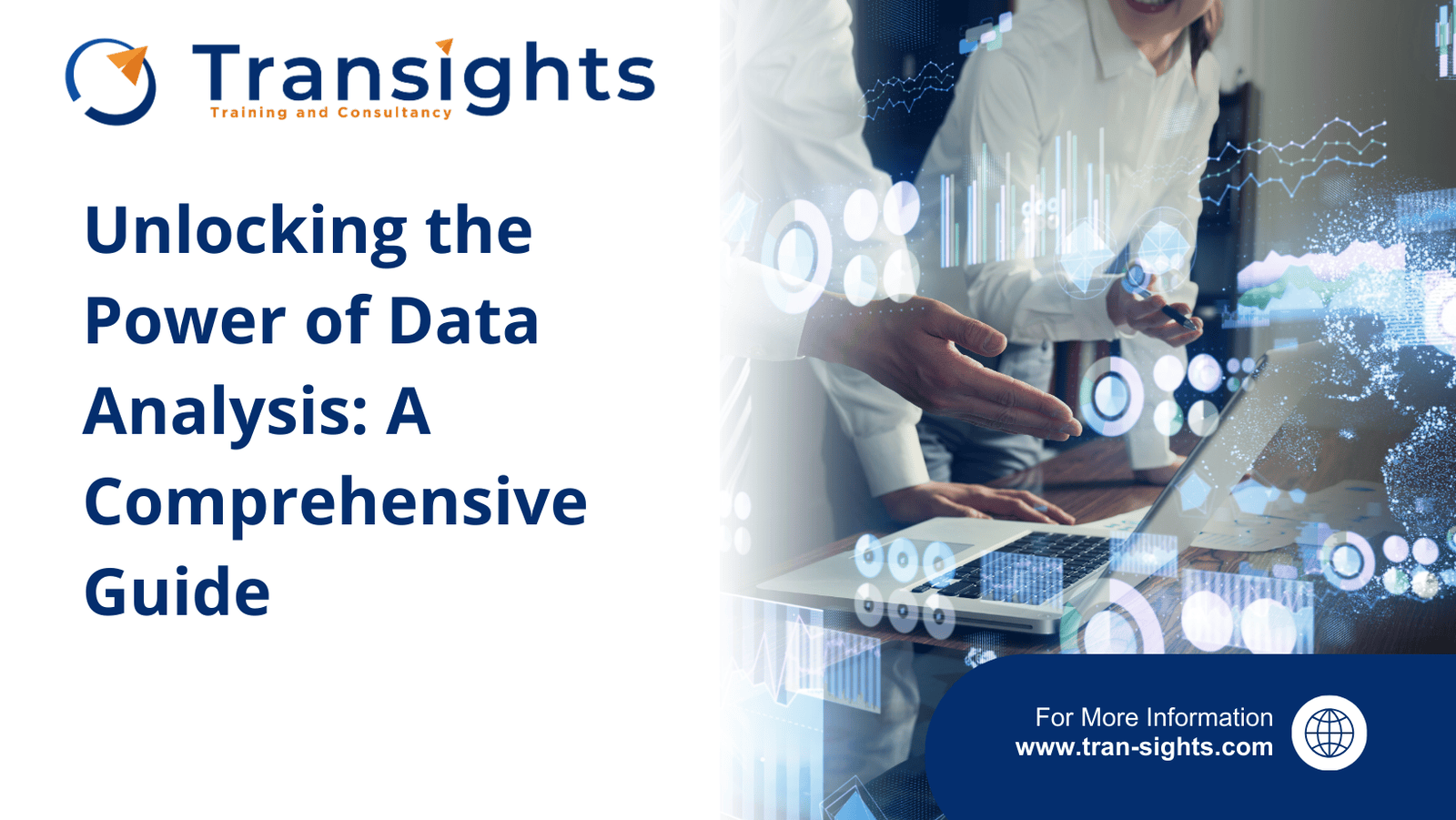
In today's digital age, data is often referred to as the new oil. Organizations across industries are leveraging data to gain insights, drive decision-making, and foster innovation. However, the true potential of data lies not just in its collection but in its analysis. This article delves into the intricacies of data analysis, highlighting its importance, methodologies, tools, and best practices.
What is Data Analysis?
What is Data Analysis?
Data analysis is the process of inspecting, cleaning, transforming, and modeling data with the goal of discovering useful information, drawing conclusions, and supporting decision-making. It involves a series of steps that help convert raw data into meaningful insights.
Importance of Data Analysis
Importance of Data Analysis
Methodologies in Data Analysis
Methodologies in Data Analysis
Tools for Data Analysis
Tools for Data Analysis
Best Practices in Data Analysis
Best Practices in Data Analysis
Conclusion
Conclusion
Data analysis is a critical competency for modern organizations, driving smarter decision-making and uncovering valuable insights. By understanding the methodologies, utilizing the right tools, and following best practices, businesses can harness the power of data to achieve their goals and maintain a competitive edge in an increasingly data-driven world. Whether you're a seasoned analyst or just starting out, embracing the potential of data analysis can propel your organization to new heights.

